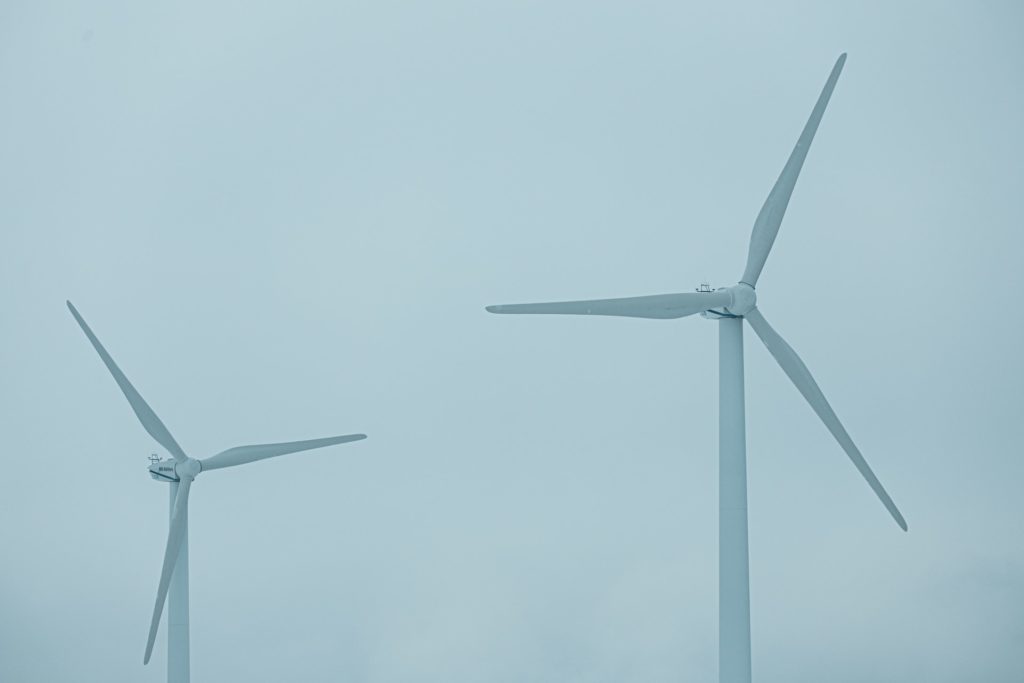As Belgium phases out its nuclear plants and adds more wind turbines and solar panels to the grid, the transition to more renewable energy isn’t without its challenges.
On one out of every four weekends, the Belgian electricity network produces more energy than the country can use, generally at times when the sun is shining, the wind is blowing, and nuclear power plants continue to operate as usual.
“Nuclear plants aren't flexible enough to reduce their output at these points, so we need to export the excess or increase flexible demand of some industrial processes,” Pieter Lodewijks of VITO/EnergyVille, told The Brussels Times. Powering down an entire nuclear facility is much more complicated than switching off a wind turbine.
“When there are quite windy days, we have a lot of offshore production, so we're operating at full capacity. That can generate periods - sometimes very short, 15 minutes or an hour - where there’s overproduction, i.e. more production than demand in Belgium.”
EnergyVille is a collaboration between the Belgian research partners KU Leuven, VITO, imec, and UHasselt in the fields of sustainable energy and intelligent energy systems.
Over the entire year, periods with overproduction are still limited. For the 8,760 hours in 2020, for instance, in Belgium, we had less than 100 hours with overproduction of electricity.
Belgium plans to abandon nuclear energy by 2025, phasing out plants across the country. But in the meantime, we’re still stuck with the ones still running, which means an excess in energy that then needs to be sold off to neighbouring countries, often at a loss.
The growing pains aren’t likely to abate any time soon, either.
“With growing renewable capacity in Belgium, these periods where there's overproduction happen more often than we had a few years ago,” explained Lodewijks. “In our national energy climate plan and the latest EnergyVille scenarios, we see an almost doubling of renewable capacity by 2030.”
“On top of this, we need flexible capacity. Flexible electricity demand, which can react to the availability of renewable energy by, for example, charging electric vehicles while the sun shines, will also be important.”
Related News
- With Belgium’s reactors gone, French energy company plans to leave coal behind
- Oil prices rise again after largest drop in months
- Energy company must plant 150,000 trees to compensate for new gas plant
- Record year for new renewable energy capacity worldwide
Currently, Belgium has more than 5 gigawatts (GW) of solar panels installed, which is expected to jump to 10 over the next ten years. Today’s offshore wind capacity of 2.2 GW will rise to 4.5 GW and onshore wind will exceed 4 GW by 2030.
On weekends where the country only really needs around 7-8GW to meet its needs, with nuclear plants producing around 6GW, only 2 more gigawatts are required. Current renewable production easily exceeds that threshold.
The Belgian electricity network has already had to contend with negative prices in the past, especially in the spring and during weekends, according to De Standaard. As a result, electricity prices drop below zero. Producers end up having to pay to get rid of their electricity.
This was what happened on 11 and 13 March, when fully operational nuclear power plants worked alongside turbines experiencing strong winds, and faltering interconnections with neighbouring countries prevented the export of surpluses.
To avoid excessive overproduction, wind turbines are occasionally shut down.
“The present nuclear plants don't provide that flexibility,” Lodewijks says.
Helen Lyons
The Brussels Times

